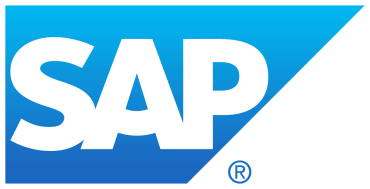
Teradata is combining support for geospatial, temporal and time-series data into their Analytics Platform for 4D analytics.
Putting all the infrastructure in place needed to drive real-time insight is a complex endeavor. The number of individual platforms that need to be stitched together is often daunting to even the most experienced IT organizations. Looking to make it simpler to achieve that goal, Teradata this week announced it has combined support for geospatial, temporal and time-series data into a Teradata Analytics Platform that can be queried using Python, R, SAS, or SQL-based tools.
The goal is to make it a lot simpler for IT organizations to provide account for both time and location in what Teradata describes as “4D Analytics” platform that is now generally available.
See also: Where is streaming data analytics at its most tangible?
As organizations look to become digital entities many of them are discovering that batch-oriented applications that can’t process data in real time are becoming a liability, says Imad Birouty, director of product marketing for Teradata.
“Systems need to be able to mimic real life,” says Birouty. “Today something is only true for a split second.”
Teradata built the Teradata Analytics Platform by melding its traditional relational database engine with the massively parallel database engine it gained by acquiring Aster Data in 2011. That new platform substantially reduces the time it takes to inject real-time analytics into, for example, and Internet of Things (IoT) environment, says Birouty.
The Teradata Analytics Platform is also designed to support Spark, TensorFlow, Gluon and Theano data engines and machine and deep learning algorithms that enable artificial intelligence (AI) applications to access large amounts of data in real time.
In general, digital business transformation initiatives are creating a watershed moment in the history of IT. Real-time analytics has historically been a relatively small segment of the IT environment. But a digital business needs to be able to respond to events in real time. To provide that capability IT organizations are being required to invest in everything from modern IT infrastructure capable of running applications in memory to streaming analytics that processes data in motion.
Teradata is betting that as the scope of those requirements become more apparent, interest in more turnkey approaches to enabling organizations to process data in real time will gain favor. The alternative is combining multiple discrete IT platforms together. Most IT organizations, however, can’t hire and retain the IT professionals with the skills required to sustain that effort.
It’s not clear just yet how quickly digital business transformations will occur. Most organizations have data strewn across the enterprise, which make it difficult to centrally apply analytics. Organizations will typically start small before eventually attempting to tie together multiple processes in real time. What is clear is that organizations capable of responding to real-time events will be more agile, which in turn should result in a much better customer experience. Over time, AI models will then be layered in on top of those real-time computing processes.
At a time when it’s becoming increasingly difficult to differentiate one product from the next, it may turn out that the only thing that entices a customer to select one vendor over another is the customer experience enabled by real-time analytics.





























